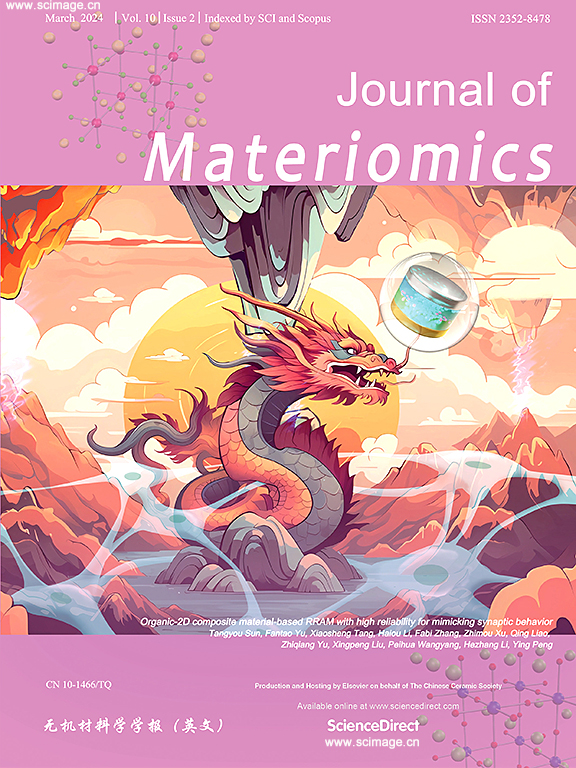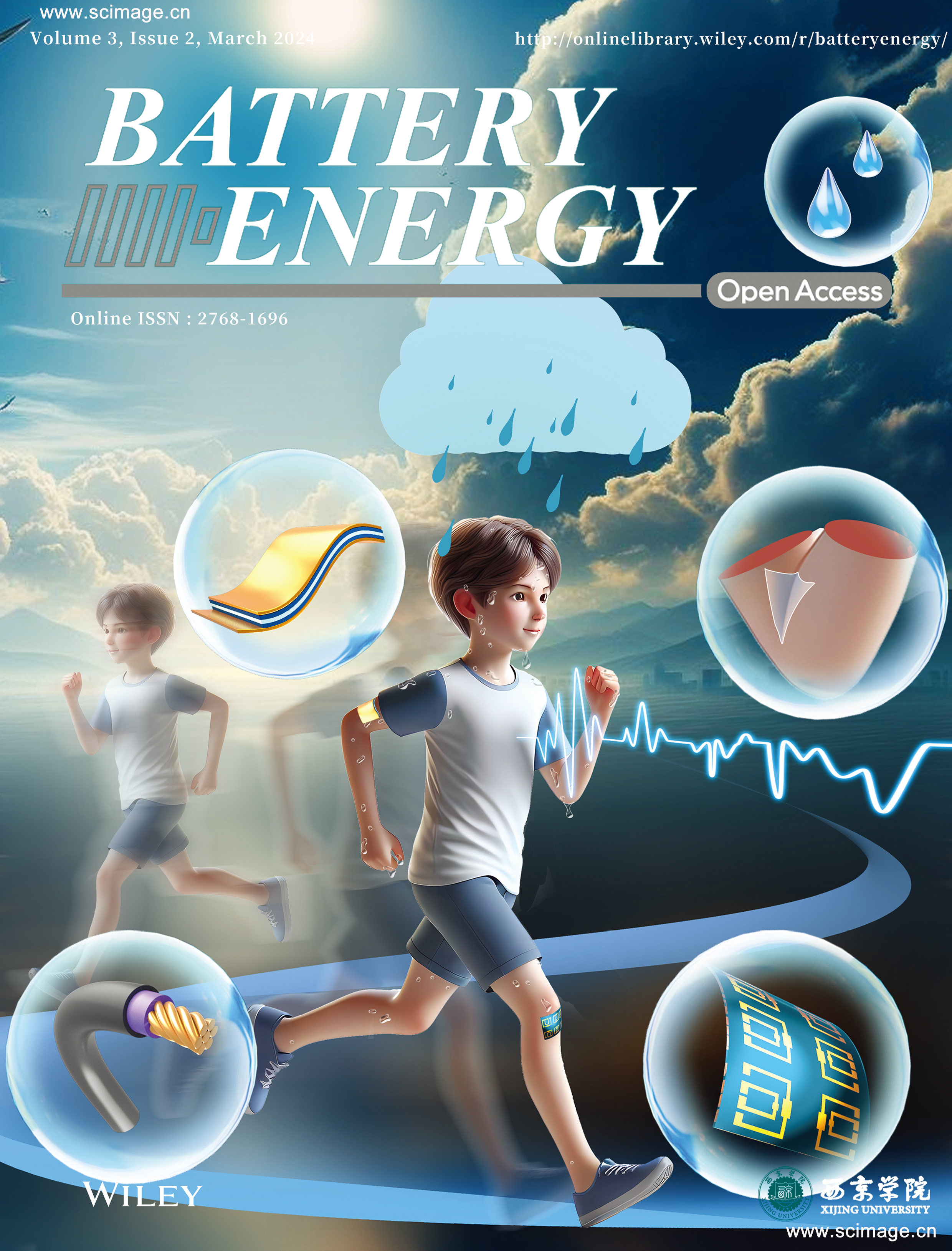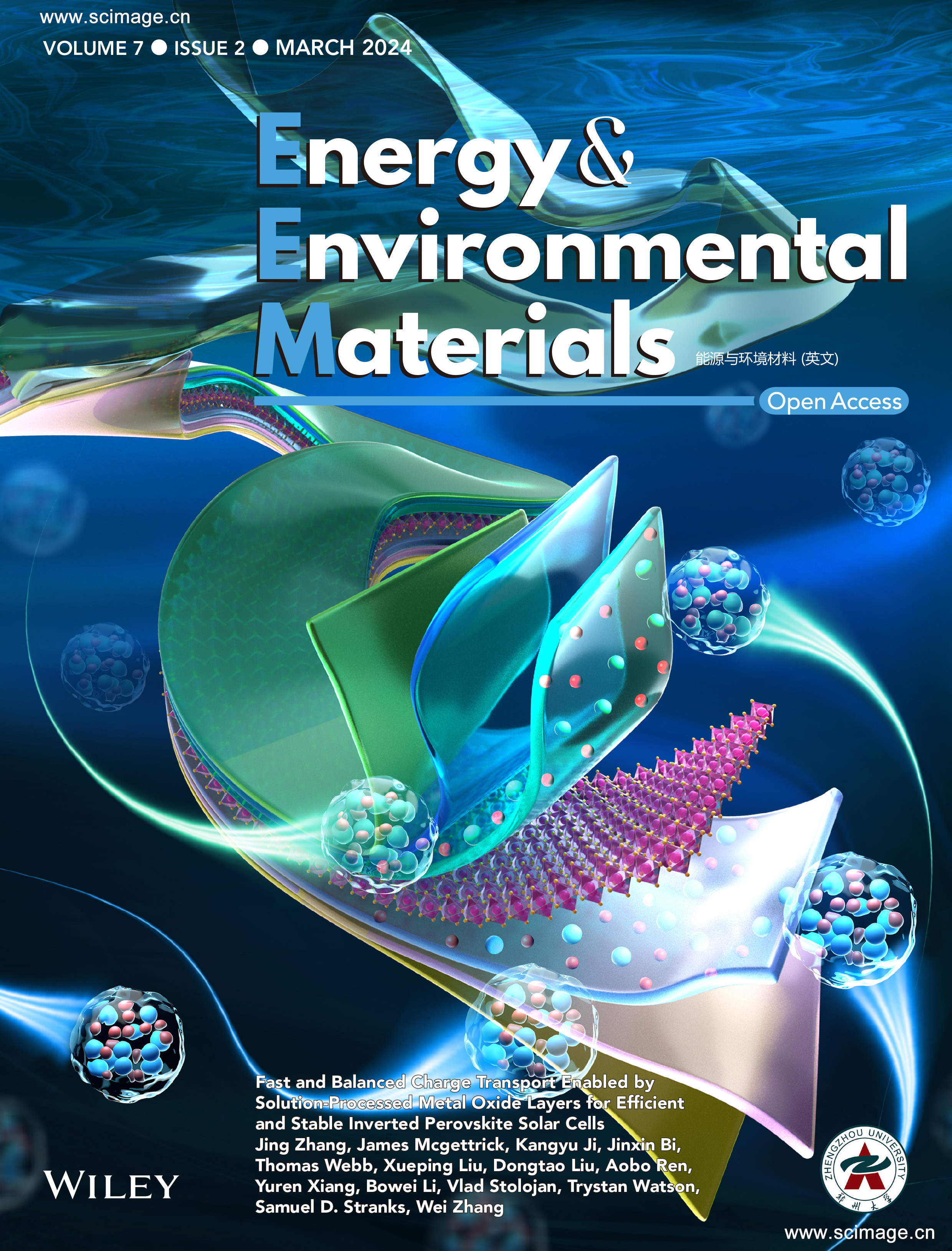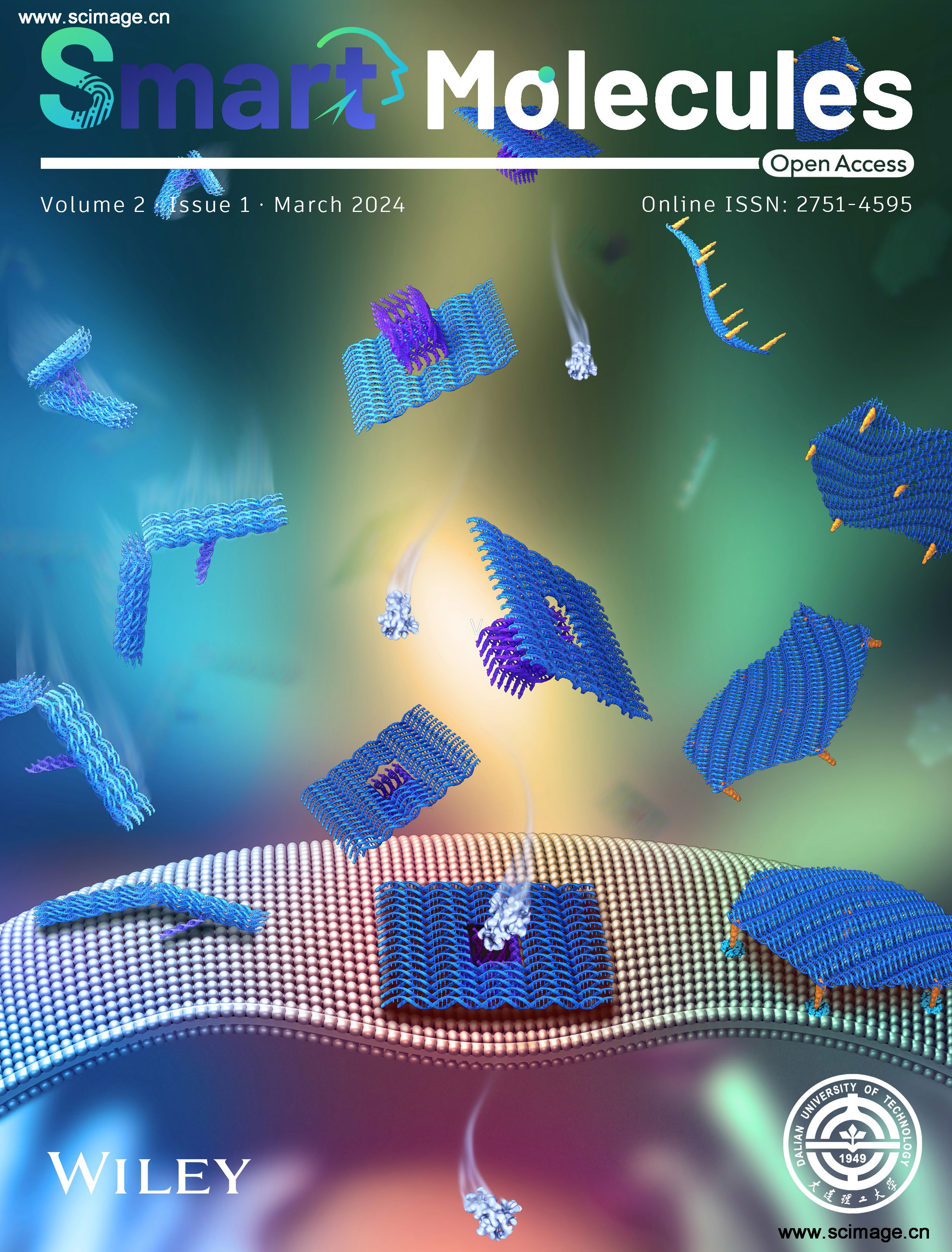博文
2024年3月嘲风作品集(一)
||
▲ Vol 10 Issue 02 | March , 2024
Organic-2D composite material-based RRAM with high reliability for mimicking synaptic behavior
Tangyou Sun, Fantao Yu, Xiaosheng Tang, Haiou Li, Fabi Zhang, Zhimou Xu, Qing Liao, Zhiqiang Yu, Xingpeng Liu, Peihua Wangyang, Hezhang Li, Ying Peng
The field of artificial intelligence and neural computing has been rapidly expanding due to the implementation of resistive random-access memory (RRAM) based artificial synaptic. However, the low flexibility of conventional RRAM materials hinders their ability to mimic synaptic behavior accurately. To overcome such limitation, organic-2D composites with high mechanical properties are proposed as the active layer of RRAM. Moreover, we enhance the reliability of the device by ZrO2 insertion layer, resulting in stable synaptic performance. The Ag/PVA:h-BN/ZrO2/ITO devices show stable bipolar resistive switching behavior with an ON/OFF ratio of over 5 × 102, a ∼2 400 cycles endurance and a long retention time (>6 × 103s), which are essential for the development of high-performance RRAMs. We also study the possible synaptic mechanism and dynamic plasticity of the memory device, observing the transition from short-term potentiation (STP) to long-term potentiation (LTP) under the effect of continuous voltage pulses. Moreover, the device exhibits both long-term depression (LTD) and paired-pulse facilitation (PPF) properties, which have significant implications for the design of organic-2D composite material RRAMs that aim to mimic biological synapses, representing promising avenues for the development of advanced neuromorphic computing systems.
https://www.sciencedirect.com/science/article/pii/S2352847823001399
▲ Vol 03 Issue 02 | March , 2024
Flexible wearable energy storage devices: Materials, structures, and applications
Qi Zhang, Xuan-Wen Gao, Xiao Liu, Jian-Jia Mu, Qinfen Gu, Zhaomeng Liu, Wen-Bin Luo
Wearable electronics are expected to be light, durable, flexible, and comfortable. Many fibrous, planar, and tridimensional structures have been designed to realize flexible devices that can sustain geometrical deformations, such as bending, twisting, folding, and stretching normally under the premise of relatively good electrochemical performance and mechanical stability. As a flexible electrode for batteries or other devices, it possesses favorable mechanical strength and large specific capacity and preserves efficient ionic and electronic conductivity with a certain shape, structure, and function. To fulfill flexible energy-storage devices, much effort has been devoted to the design of structures and materials with mechanical characteristics. This review attempts to critically review the state of the art with respect to materials of electrodes and electrolyte, the device structure, and the corresponding fabrication techniques as well as applications of the flexible energy storage devices. Finally, the limitations of materials and preparation methods, the functions, and the working conditions of devices in the future were discussed and presented.
https://onlinelibrary.wiley.com/doi/10.1002/bte2.20230061
▲ Vol 07 Issue 02 | March , 2024
Fast and Balanced Charge Transport Enabled by Solution-Processed Metal Oxide Layers for Efficient and Stable Inverted Perovskite Solar Cells
Jing Zhang, James Mcgettrick, Kangyu Ji, Jinxin Bi, Thomas Webb, Xueping Liu, Dongtao Liu, Aobo Ren, Yuren Xiang, Bowei Li, Vlad Stolojan, Trystan Watson, Samuel D. Stranks, Wei Zhang
Metal oxide charge transport materials are preferable for realizing long-term stable and potentially low-cost perovskite solar cells (PSCs). However, due to some technical difficulties (e.g., intricate fabrication protocols, high-temperature heating process, incompatible solvents, etc.), it is still challenging to achieve efficient and reliable all-metal-oxide-based devices. Here, we developed efficient inverted PSCs (IPSCs) based on solution-processed nickel oxide (NiOx) and tin oxide (SnO2) nanoparticles, working as hole and electron transport materials respectively, enabling a fast and balanced charge transfer for photogenerated charge carriers. Through further understanding and optimizing the perovskite/metal oxide interfaces, we have realized an outstanding power conversion efficiency (PCE) of 23.5% (the bandgap of the perovskite is 1.62 eV), which is the highest efficiency among IPSCs based on all-metal-oxide charge transport materials. Thanks to these stable metal oxides and improved interface properties, ambient stability (retaining 95% of initial PCE after 1 month), thermal stability (retaining 80% of initial PCE after 2 weeks) and light stability (retaining 90% of initial PCE after 1000 hours aging) of resultant devices are enhanced significantly. In addition, owing to the low-temperature fabrication procedures of the entire device, we have obtained a PCE of over 21% for flexible IPSCs with enhanced operational stability.
https://onlinelibrary.wiley.com/doi/10.1002/eem2.12595
▲ Vol 02 Issue 01 | March , 2024
Precise construction of DNA origami-based materials for functional regulation on biological interface
Yushuai Wu, Xiaohui Wu, Run Tian, Yiming Wang, Baoquan Ding, Qiao Jiang
Precise design and control of molecular self-assembly as living creatures are exciting ideas in the field of nanotechnology. Characterized with predesigned geometries and accurate spatial addressability, programmable DNA origami nanostructures have been recognized as optimized tools for assembling multiple functional components. A variety of biomolecules can be attached to the nanoscale drawing boards in a site-specific fashion, thus facilitating the precise construction of DNA origami-based materials for studies on biological interface. In this minireview, we highlight the recent advances in the precise construction of DNA origami-based materials with artificial bio-structures and/or biomimicking functions. The regulation of biological functions by these DNA origami-engineered assemblies at the bio-interface has been summarized and discussed.
https://onlinelibrary.wiley.com/doi/10.1002/smo.20230032
<静远嘲风动漫传媒科技中心>设计制作
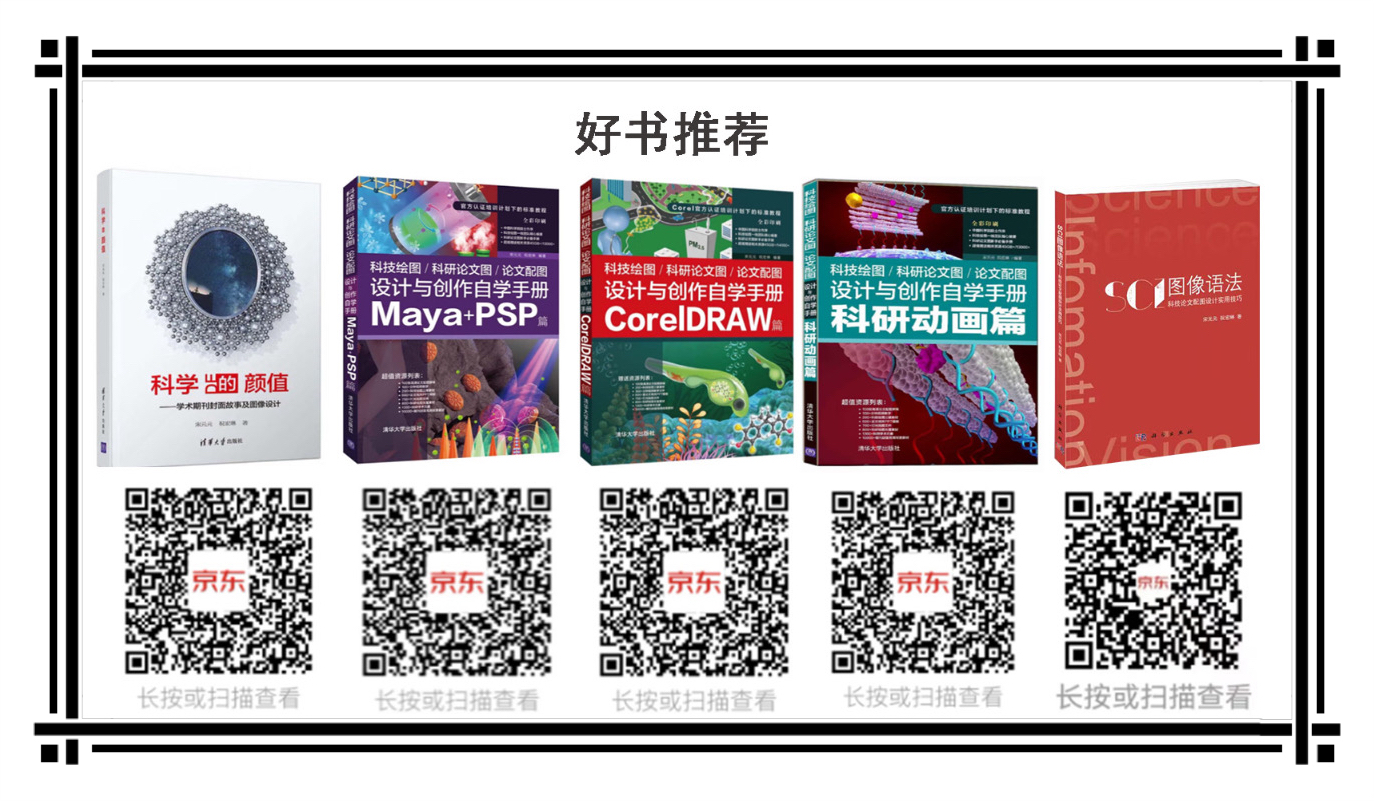
购书链接:
☆科学的颜值:学术期刊封面故事及图像设计
https://item.jd.com/12802188.html
☆科技绘图/科研论文图/论文配图设计与创作自学手册:CorelDRAW篇
https://item.jd.com/13504674.html
☆科技绘图/科研论文图/论文配图设计与创作自学手册:Maya+PSP篇
https://item.jd.com/13504686.html
☆科技绘图/科研论文图/论文配图设计与创作自学手册:科研动画篇
https://item.jd.com/13048467.html#crumb-wrap
☆SCI图像语法-科技论文配图设计使用技巧
https://item.jd.com/10073529532924.html?bbtf=1
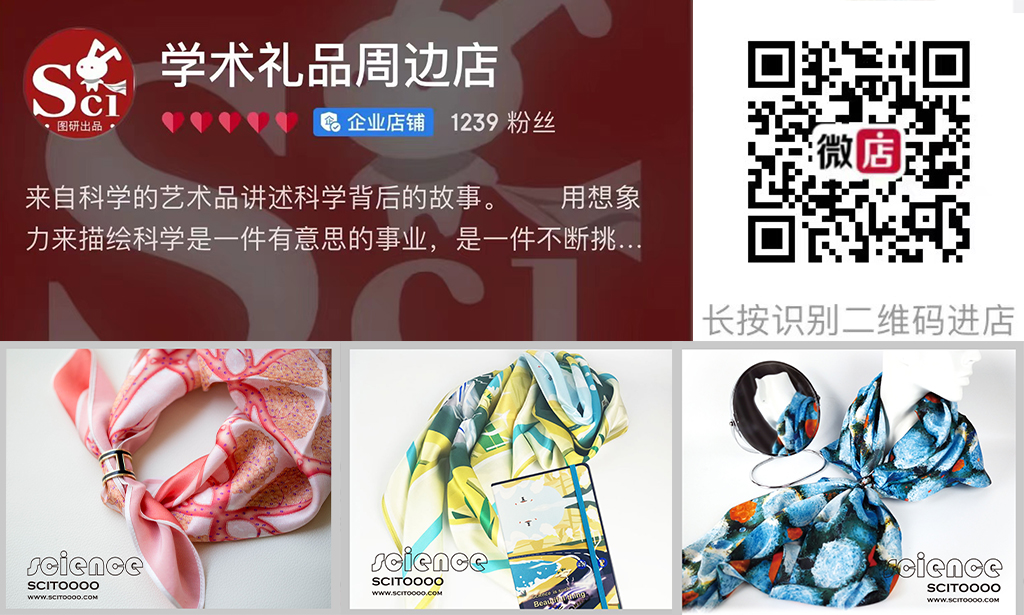
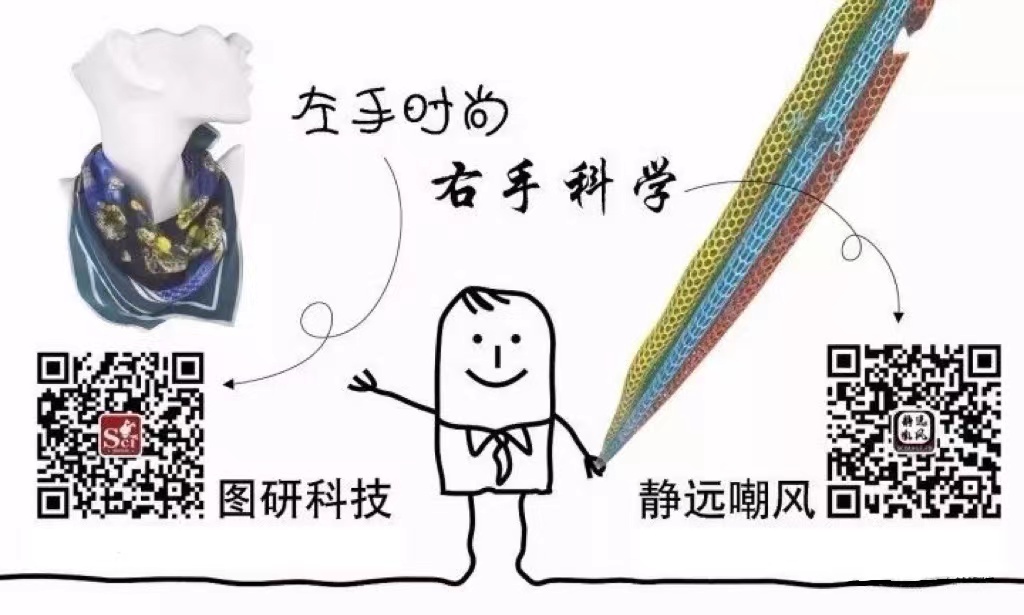
静远嘲风(MY Scimage) 成立于2007年,嘲风取自中国传统文化中龙生九子,子子不同的传说,嘲风为守护屋脊之瑞兽,喜登高望远;静远取自成语“宁静致远”,登高莫忘初心,远观而不可务远。
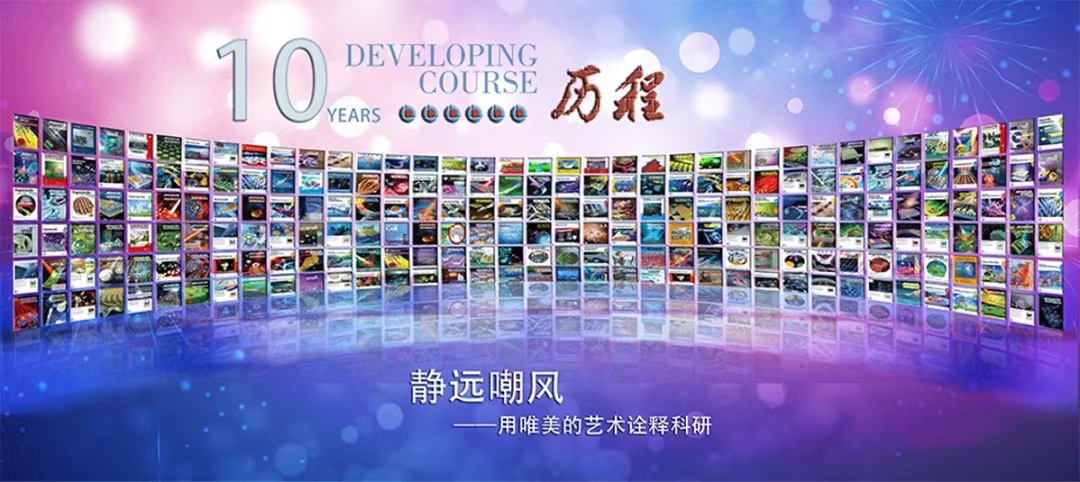
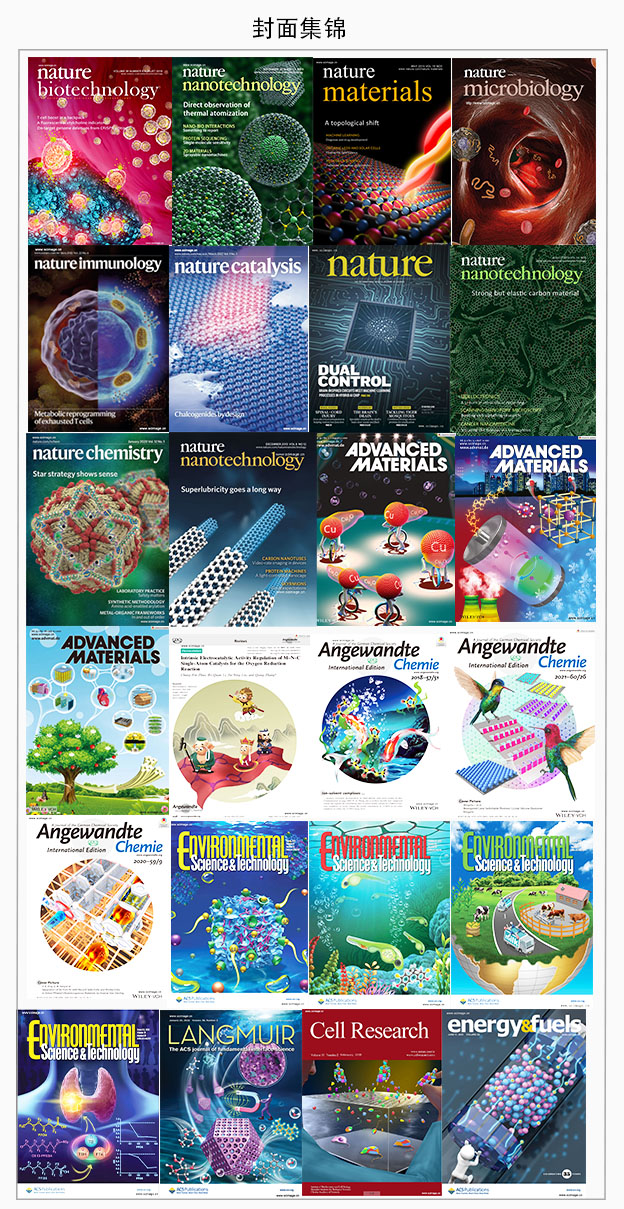
学习更多绘图教程关注:

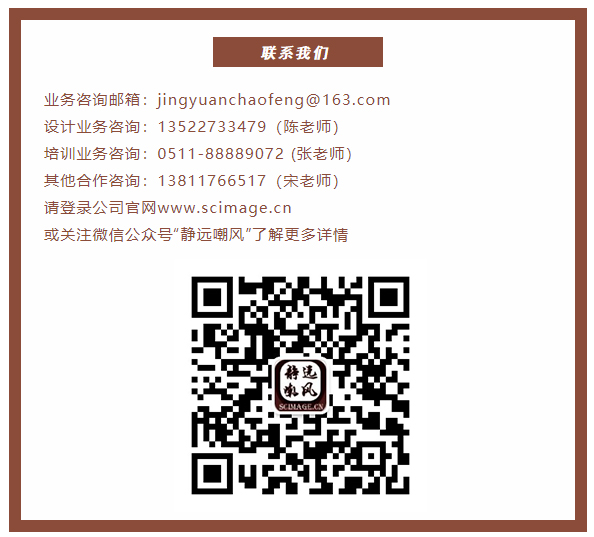
https://blog.sciencenet.cn/blog-519111-1435830.html
上一篇:科研制图 |如何用Maya做表面修饰巯基与高分子链的纳米金颗粒
下一篇:2024年3月嘲风作品集(二)
